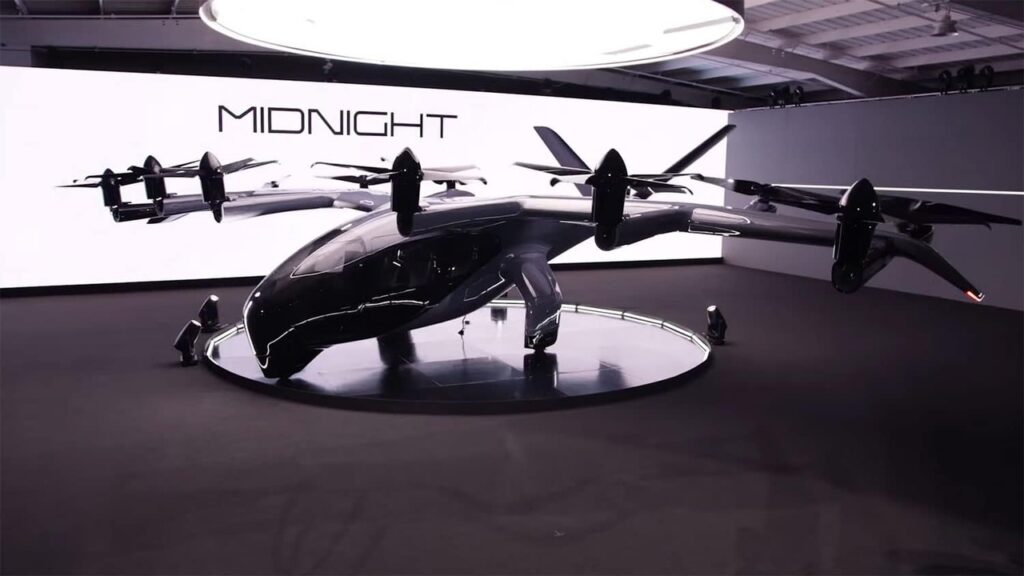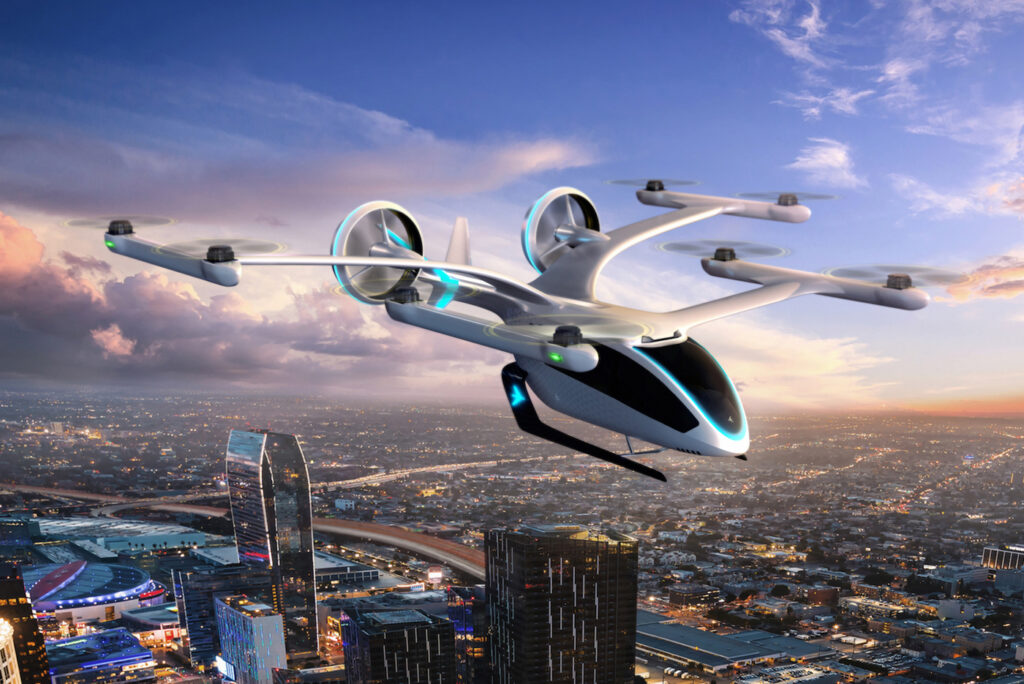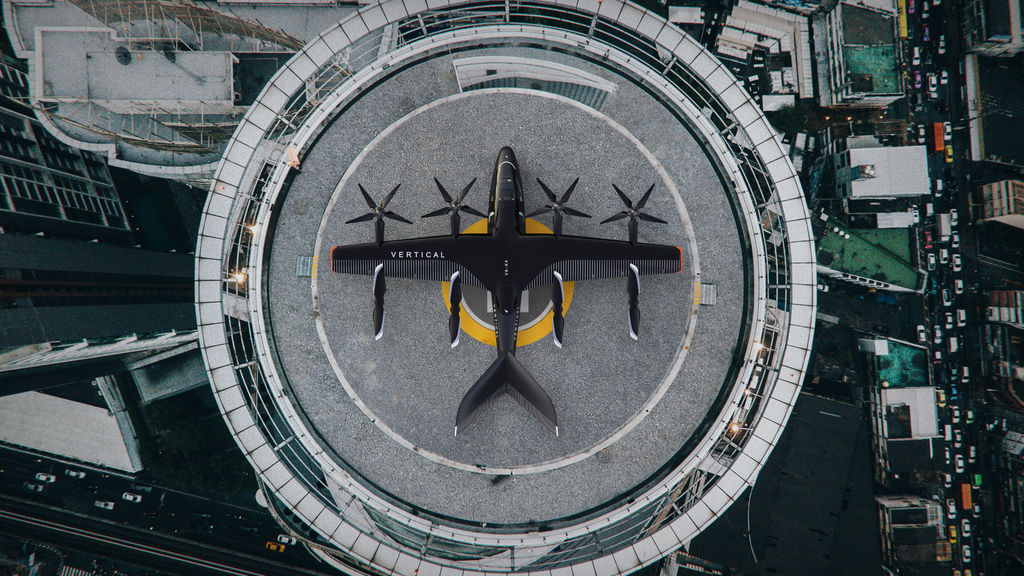The US Federal Aviation Administration (FAA) has released an updated blueprint for airspace and procedure changes to accommodate future air taxis and other Advanced Air Mobility (AAM) operations.
Under the blueprint, AAM operations will begin at a low rate with air taxis flying much as helicopters do today.
They’ll use existing routes and infrastructure such as helipads and early vertiports. Pilots will communicate with air traffic controllers where required.
As the number of operations increases, air taxis are expected to fly in corridors between major airports and vertiports in city centers.
The complexity of the corridors could increase over time from single one-way paths to routes serving multiple flows of aircraft flying in both directions. Over time, these corridors could link an increasing number of routes between vertiports.
The FAA expects aircraft technology will evolve as well. Aircraft automation and real-time data sharing between aircraft will likely play increasing roles in these corridors.
The operational blueprint is a key step — along with certifying the aircraft and pilots — in the FAA’s effort to safely usher in and support this next era of aviation.
The blueprint aims to provide a common frame of reference to the FAA, NASA and industry to help guide their research and decision-making.
[monsterinsights_popular_posts_inline]
The development of UAM and air taxis
Urban Air Mobility (UAM) and air taxis represent an exciting development in the field of aviation, aiming to revolutionize urban transportation.
With growing populations, congestion, and the need for more efficient mobility solutions, the concept of using vertical takeoff and landing (VTOL) aircraft for short-distance urban travel has gained significant attention.
The development of UAM and air taxis is driven by advances in technology, particularly in electric propulsion systems, lightweight materials, and autonomous flight capabilities.

These advancements have paved the way for the creation of electric VTOL aircraft that can take off and land vertically, eliminating the need for traditional runways and enabling them to operate in densely populated urban areas.
One of the key advantages of UAM and air taxis is their potential to alleviate traffic congestion by providing an alternative mode of transportation.
By utilizing the airspace, these aircraft can bypass road congestion and transport passengers quickly and efficiently. This could significantly reduce travel times, enhance productivity, and improve the overall quality of urban life.
Several companies and startups are actively involved in developing UAM and air taxi concepts. They are designing and testing various aircraft prototypes, including multirotor drones, fixed-wing VTOLs, and hybrid designs.
These vehicles are being engineered to be quiet, environmentally friendly, and capable of vertical takeoff and landing while ensuring safety and reliability.
Integration of air taxis into existing airspace
The integration of UAM and air taxis into urban environments poses significant challenges, including infrastructure requirements, air traffic management, regulatory frameworks, and public acceptance.
To address these challenges, collaborations among aviation companies, governments, urban planners, and regulatory authorities are essential.

Developing suitable infrastructure, such as vertiports or landing pads, will be crucial to facilitate takeoff and landing operations of AAM aircraft in urban areas.
Regulatory frameworks also need to be established to ensure the safe and efficient operation of UAM and air taxis. Authorities are working on certification standards, airspace management systems, and regulations for pilot licensing and maintenance procedures.
As technology continues to advance and key challenges are addressed, we can expect to see more progress in the development and deployment of UAM and air taxi systems in the coming years.









